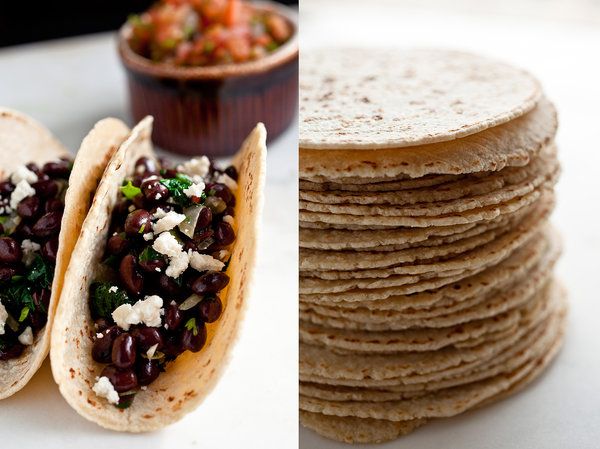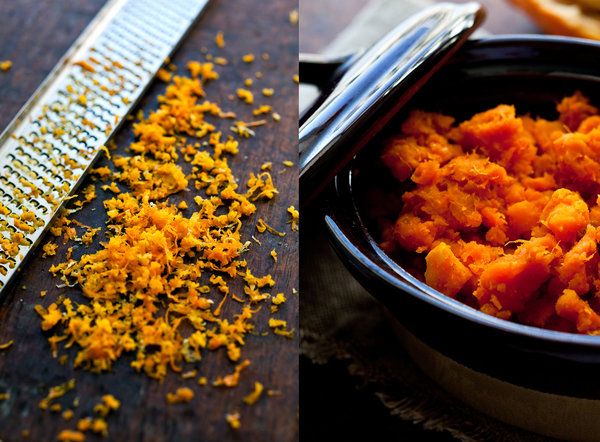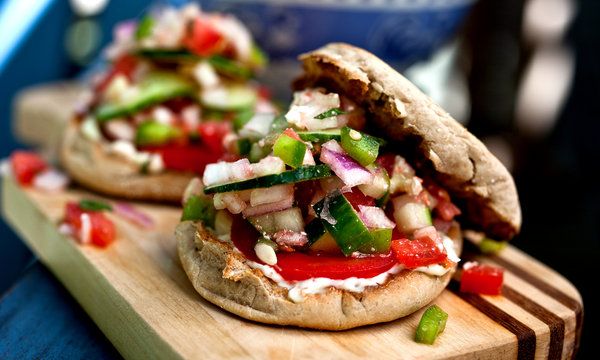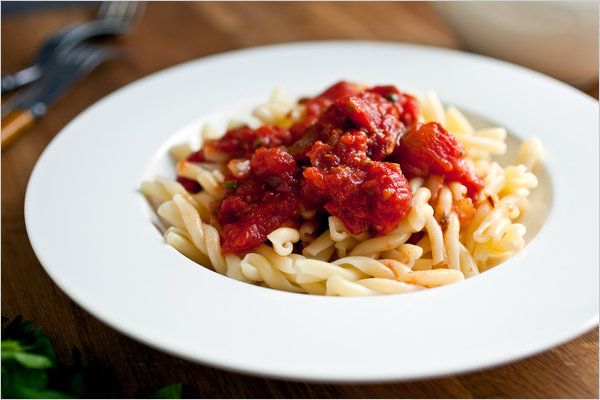 Welcome to the Health and Fitness weekly diary which is cross-posted from The Stars Hollow Gazette. It is open for discussion about health related issues including diet, exercise, health and health care issues, as well as, tips on what you can do when there is a medical emergency. Also an opportunity to share and exchange your favorite healthy recipes.
Welcome to the Health and Fitness weekly diary which is cross-posted from The Stars Hollow Gazette. It is open for discussion about health related issues including diet, exercise, health and health care issues, as well as, tips on what you can do when there is a medical emergency. Also an opportunity to share and exchange your favorite healthy recipes.
Questions are encouraged and I will answer to the best of my ability. If I can’t, I will try to steer you in the right direction. Naturally, I cannot give individual medical advice for personal health issues. I can give you information about medical conditions and the current treatments available.
You can now find past Health and Fitness News diaries here and on the right hand side of the Front Page.
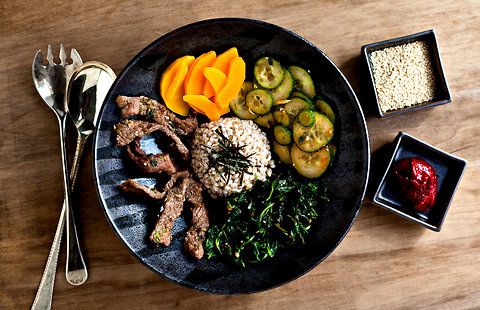
In traditional bibimbap, a large serving of rice is placed in the center of a hot bowl and surrounded with small amounts of meat – usually beef – and seasoned vegetables that include a mixture of cultivated vegetables (cucumber, carrot, daikon or turnips, spinach, lettuce, mushrooms) and wild items like fiddlehead ferns and reconstituted dried toraji (bellflower roots). A fried egg is often placed on top of the rice, and diners stir everything together. In Jeonju, which along with Jinju and Tongyeong is famous for its bibimbap, special stone bowls are used for the dish. They are coated with sesame oil and heated until very hot so that when the rice is placed in them, a crust forms on the bottom. The egg is broken onto the hot rice and cooks as it is stirred in.
Beef is the most typical meat served with bibimbap. It’s marinated and quickly seared in a hot wok or frying pan.
This dish focuses on hearty grains and assertive vegetables, so one chicken breast is all it takes to feed a family.
The clams’ briny broth seasons the rice in this light and flavorful dish.
This cross-cultural dish borrows from Japanese tradition for the tofu marinade.
Tuna steaks, sliced thinly after cooking, are a vehicle for a traditional Korean marinade.




